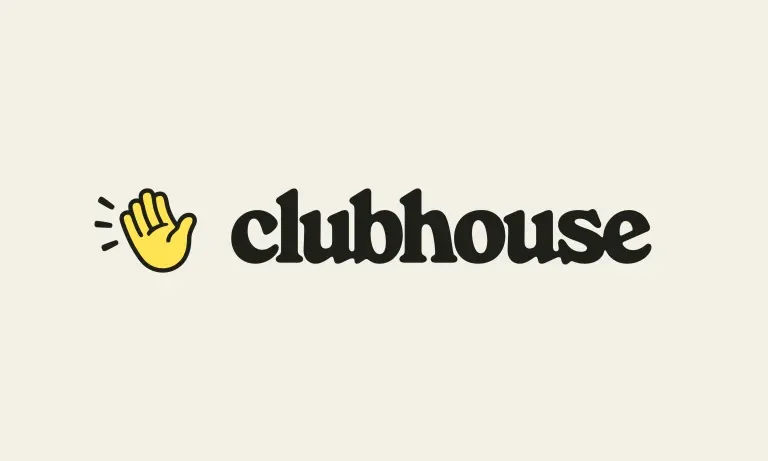What is Clubhouse?

Hire Arrive
Social Media
12 months ago

Clubhouse, once a buzzy social media app, has experienced a significant shift in its popularity since its initial launch. While it's still accessible, its heyday of explosive growth has passed. To understand its current relevance, let's delve into what Clubhouse was and what it is now.
At its Core: Audio-Based Social Networking
At its launch in 2020, Clubhouse distinguished itself by its exclusive, invite-only nature and its focus on audio-only conversations. Users joined "rooms" where they could listen to discussions, participate in debates, or even host their own conversations. This created a unique and intimate feel, different from the visual-centric platforms like Instagram or TikTok. The lack of visual distractions encouraged deeper engagement with the spoken word and fostered a sense of community. Think of it as a global, always-on conference call with a diverse range of topics and speakers.
Key Features (Past and Present):
* Rooms: The heart of Clubhouse, these are live audio chats on various subjects. * Clubs: Users could create and join clubs centered around specific interests, fostering like-minded communities. * Speakers and Listeners: Rooms typically had designated speakers who led the conversation, while listeners could raise their hands to be invited to speak. * Exclusive Access (Initially): The invite-only system initially contributed to its appeal, creating a sense of exclusivity and fostering a more curated user experience. This has since been removed.
Why the Hype (and the Decline)?
Clubhouse's initial success stemmed from several factors:
* Novelty: The audio-only format was a fresh alternative in a market dominated by visual platforms. * Exclusivity: The invite-only system created a sense of prestige and community. * Networking Opportunities: It provided a platform for professionals and creatives to connect and collaborate. * Real-time Interaction: The live nature of the conversations fostered genuine engagement.
However, Clubhouse's popularity waned due to several challenges:
* Competition: Other platforms like Twitter Spaces and LinkedIn Audio Events offered similar functionalities, often with a broader reach and integration with existing user bases. * Lack of Content Discoverability: Finding engaging rooms could be challenging, especially for new users. * Time Commitment: Live audio requires active participation and listening, which can be a significant time investment. * Scalability Issues: The app faced technical difficulties as its user base grew.
Clubhouse Today:
While no longer a cultural phenomenon, Clubhouse persists. It has removed the invite-only system and continues to offer a platform for audio conversations. However, its once dominant position in the audio social networking space has been significantly eroded.
In Conclusion:
Clubhouse was a groundbreaking app that successfully introduced a unique audio-based social networking experience. While its meteoric rise was followed by a decline in popularity, it remains a testament to the ever-evolving landscape of social media and the constant search for new and engaging ways to connect. Whether it can reclaim a significant portion of its former glory remains to be seen.